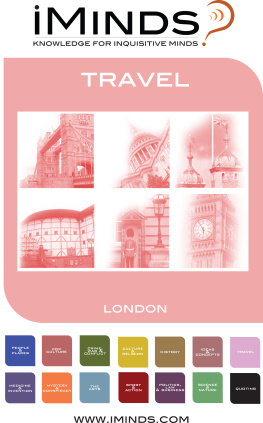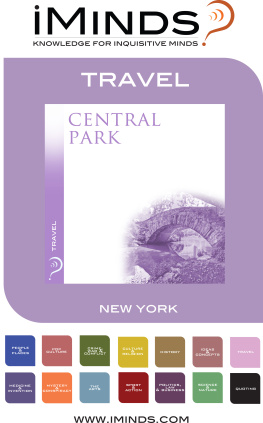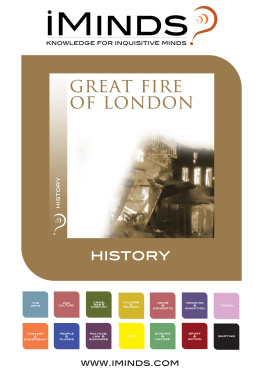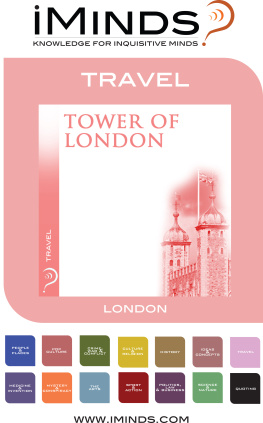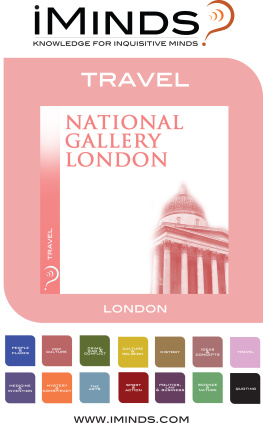TRAVEL
London
2009 by iMinds Pty Ltd.
All Rights Reserved.
Travel London: Buckingham Palace
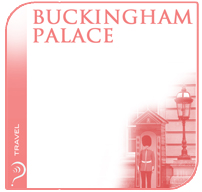
Walking through Buckingham Gate is like stepping into an entirely different London. This is a London far removed from the hustle and bustle of the long and crowded public streets such as Piccadilly and Regent. Hemmed in by large parks, the area surrounding this world famous palace seems almost unnaturally hushed. The Mall, the long road which leads to the Palace, separates St James Park and Green Park. This road is closed to traffic on Sundays, thereby adding to the sense of importance and occasion of this area. Buckingham Palace is surrounded not only by these two large public parks, but directly behind the Palace also lie the palace gardens themselves. These are the largest private gardens in London and the site of Royal Garden Parties held throughout the year by the reigning monarch Queen Elizabeth II.
Although Buckingham Palace looms large to those who approach it, it is, in actual fact, quite small when compared to other royal palaces located throughout Europe such as those found in St Petersburg, Rome or Madrid. It was originally built as a townhouse in 1703 for the Duke of Buckingham. Since then, the palace has undergone a number of changes to accommodate the wishes and whims of the various monarchs who have inhabited it. In the 19th Century, three wings were added to the palace, significantly enlarging the premises. Structural changes continued to be made up until the 20th Century, especially immediately after World War II when a chapel of the palace was destroyed by a German bomb.
The current palace building contains 775 rooms. There are 52 royal and guest rooms, 78 bathrooms and 188 bedrooms for the staff who look after the palace and its occupants. Buckingham Palace also contains 19 state rooms which feature the Music Room, a Throne Room, the Royal Closet, several galleries and a Chinese Luncheon Room. The Throne Room is used for court gatherings and is also where the Queen receives loyal addresses, which are expressions of congratulations and support. Investitures, or the bestowal of ranks, offices and titles, are performed in the Ballroom of Buckingham Palace. At these ceremonies, the Queen Elizabeth IIor the Prince of Wales who may act as her representativehonours those who have made significant contributions in a wide range of fields, and knights those who have been granted knighthood.
Although steeped in the mythology of the English monarchy, Buckingham Palace wasnt actually used as an official royal residence until 1837 with the accession of Queen Victoria. Today, it is one of several residences used by the Queen and the Duke of Edinburgh. Other royal residencies include Windsor Castle, the Palace of Holyroodhouse in Edinburgh, Sandringham House and Balmoral Castle. Prince Charles and his two sons, William and Harry, live in Clarence House in Saint Jamess Palace. And yet, it is Buckingham Palace which is most closely associated with the Royal family. This palace not only serves as a residence for the reigning monarch, but is also the administrative headquarters of the British monarch.
Buckingham Palace does not in fact belong to the Royal family; it is owned by the British State. The state also owns the art works which are housed in the Queens Gallery in the Royal Collection. Various exhibitions in the Royal Collection are open to the public throughout the year. Access to the galleries in Buckingham Palace is a relatively new thing. Up until 1993, the palace was purely a private home. But increased pressure on the government to reduce the amount of money it grants to the royal family each year has forced the Queen to open up her home to visitors. It has been estimated that from July 2007 to July 2008, the royal family cost the British public 40 million pounds, excluding cost of security and ceremonial duties of the army and police. Opening up palaces to tourism is one way to share this wealth with the public.
Many visitors to Buckingham Palace come to watch the changing of the guards. This is when the Royal Palace guards ride on horse-back from St Jamess Palace. They are distinguished by their tall, black bear-skin hats and are a popular tourist attraction. But they are also trained military service-men, many of whom have served at elite levels within the British Army. The changing of the guards is, therefore, not just a ceremonial affair. It can also take place when the guards are called on to carry out official military service.
Located just south of the Buckingham Palace Gardens are the Royal Mews where the Royal carriages are housed. This is where we find the Glass Coach used to carry brides to royal weddings. An integral part of this collection is also the spectacular Gold State Coach which was built in Dublin, in 1762. Gilded in gold, it features panels painted by Florentine artist Giovanni Cipriani. Because of its weight, the coach must be pulled by eight horses. Queen Elizabeth II has ridden in it only three times during her lifetime: for her coronation, her silver jubilee and her gold jubilee.
Despite the fact that Buckingham Palace is considered an important attraction for visiting tourists to Britain and an important part of British history, it has not been without recent controversies. In fact, it has created numerous problems for the current royal family. Some people view it as an icon of wealth and excess. They see it as a symbol of the very real divide between rich and poor in Britain. In more recent times, the palace became the focus of controversy in the mass media when Queen Elizabeth II appeared to show a slow and somewhat cold response to the death of Princess Diana. At the time of Dianas death in August 1997, the Queen was staying at her Balmoral residence. She was vilified at the time for not making a public announcement about Dianas death and for not lowering the flag at Buckingham Palace. Under increasing public and media pressure, she was eventually forced to return to London and to give an address to the nation from her home at Buckingham Palace.
Travel London: Houses of Parliament
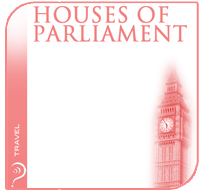
They are one of the most iconic sights in London. Situated on the shore of the River Thames, they have become an international symbol of Britain and national systems of government. The Houses of Parliament are both a captivating building to behold and an important historical monument.
The proper name for the Houses of Parliament is actually the Palace of Westminster. This hints at their royal past, as the Palace of Westminster was the main residence of the English monarch from the 11th century until the 16th century. Then, King Henry VIII moved the royal court to the nearby Palace of Whitehall. This enabled the Palace of Westminster to be used for other purposes. And during the reign of Henrys son, Edward VI, some of Englands parliamentary meetings were held here.
As they are such old buildings, the Houses of Parliament have been renovated many times over the centuries. But a few parts of the old Palace of Westminster remain to this day. A room known as Westminster Hall has walls dating back to 1099. This room is also famous for its striking hammer-beam roof. Hammer-beam rooves are open-timber rooves. And the one in Westminster Hall is acknowledged by many a historian and architect as possibly the finest example of medieval English carpentry. It still looks impressive today, despite having stood since about 1401.
Today, the Houses of Parliament are the home of both the House of Lords and the House of Commons, which are the two main governing bodies not just of England, but of Britain as a whole. Membership of the House of Lords is an honour that was formerly inherited. Today, members of the House of Lords can be appointed and women can be members as well. Commons members are elected, and were traditionally those from a lower social status. So the combination of the House of Lords and the House of Commons theoretically allows parliament to more fully represent the people. The House of Lords is at the south end of the Houses of Parliament. And the House of Commons is at the north end, along with numerous other offices and rooms. Both places have public galleries that allow visitors to witness the parliamentary debates.
Next page
